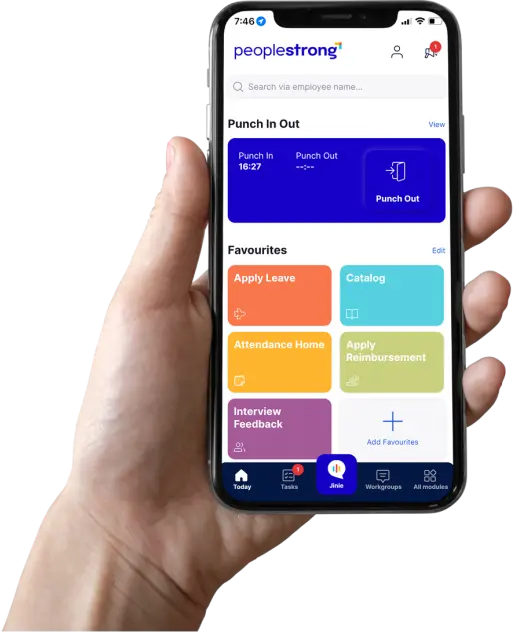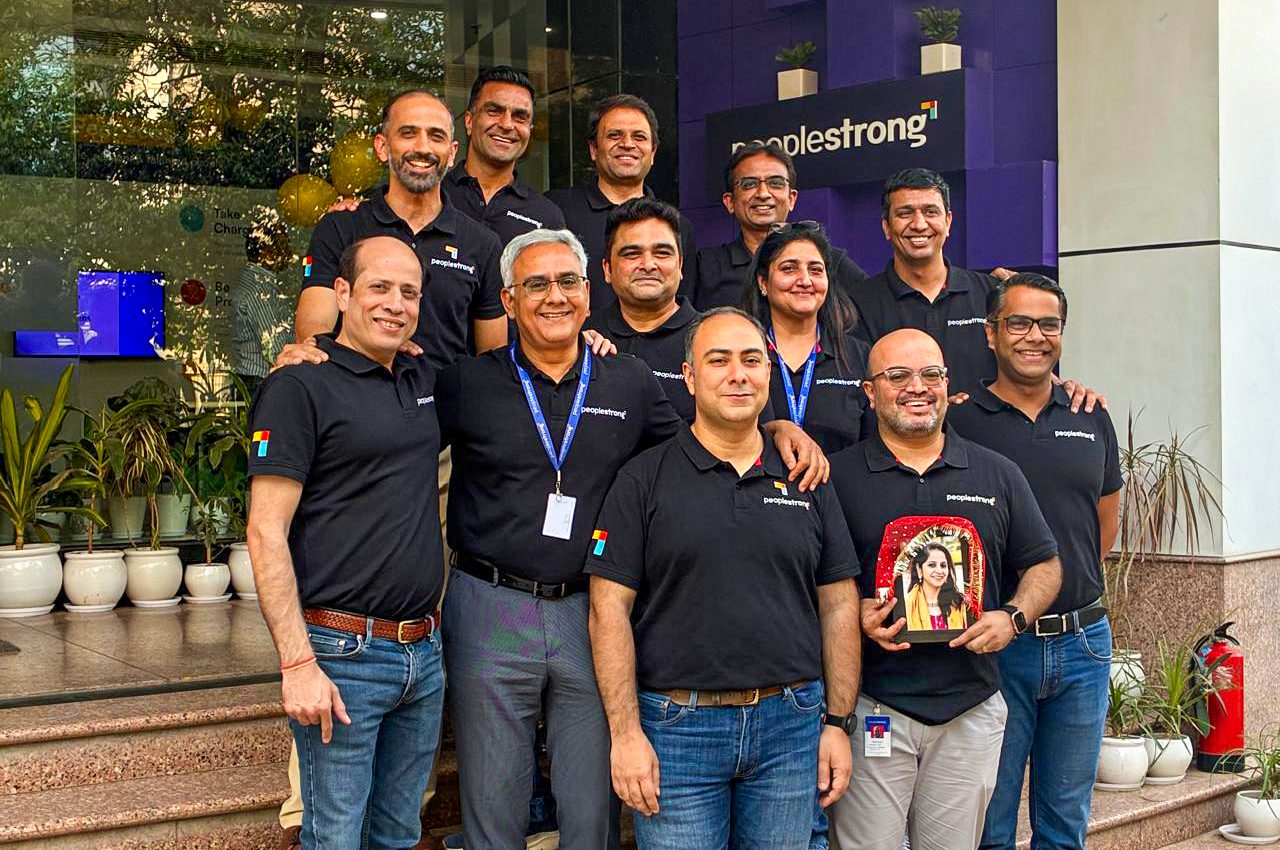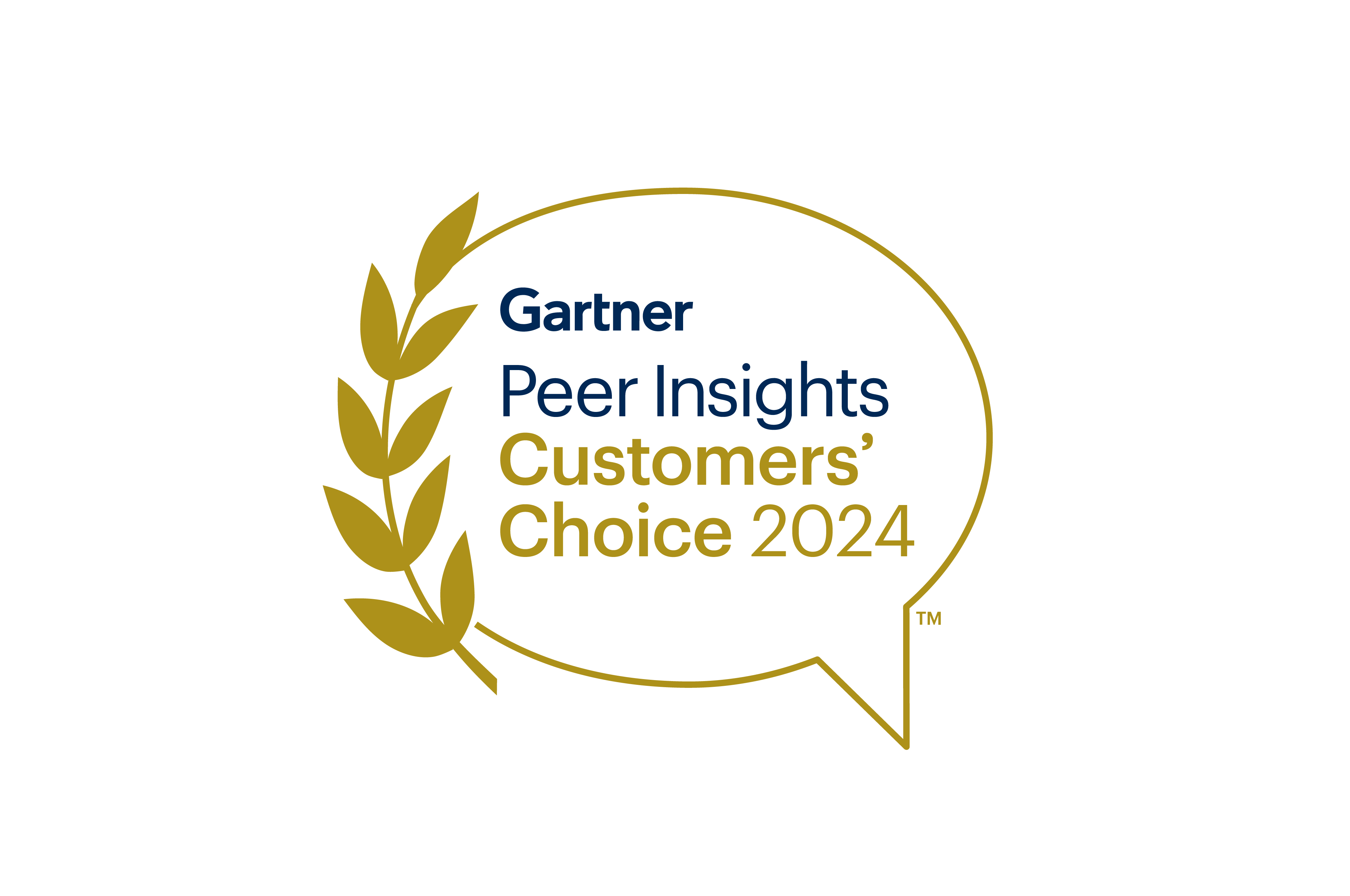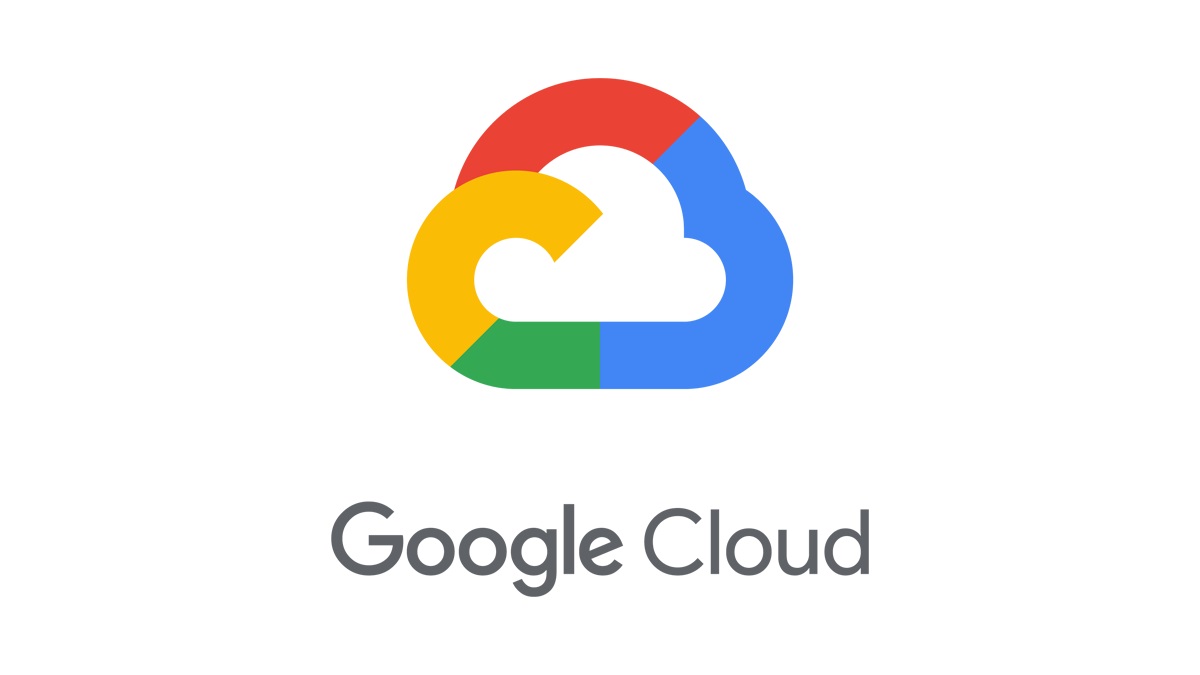The importance of assembling a high-caliber team cannot be overstated, as your organization plans to expand rapidly. The right recruitment policy helps you find the right talent globally and strategically align talent acquisition with your business’s evolving needs.
This recruitment policy template offers a robust framework for simplifying the complexities of hiring and curating effective employee recruitment and selection policies for your organization.
This Recruitment Policy Template Will Help You to
- Establish a comprehensive framework for recruitment that aligns with your strategic goals.
- Implement an unbiased recruitment approach to promote fairness and equal opportunity to all.
- Create efficient workflows to speed up your hiring process without compromising on quality.
- Provide clear guidelines and responsibilities for all stakeholders involved.
- Manage recruitment for a wide range of job roles—from permanent staff to temporary consultants.
Employee Recruitment And Selection Policy Template
Objective
At <Company Name>, we know that our people are our power. This recruitment policy is created to help those involved in the hiring process make informed and strategic decisions.
Our commitment is to make every hiring decision based on our current business needs and strategic objectives. This policy clarifies the principles and guidelines that underpin these efforts.
Scope and Eligibility
This recruitment policy covers all activities involved in the recruitment and selection process at <Company Name>. It ensures that all recruitments are conducted in a structured and equitable manner. All employees involved in any part of the recruitment and/or selection process must adhere to this document.
Eligibility:
- To prevent potential conflicts of interest, relatives of current employees, such as siblings, spouses, or children, must not be positioned within the same team or direct reporting chain.
Recruitment Process
The recruitment process at <Company Name> involves several key stakeholders: the Hiring Manager (L1), the Manager of the Hiring Manager (L2), the Finance team, and the HR Manager. Here’s how the process works:
1. Indent Creation:
The Hiring Manager initiates the process by raising an Indent (Requisition) on the HRMS Portal. Make sure you create a complete job description for the new position. The JD should provide specific details, including:
- Position Title and Department/Function
- Reporting Structure: Indicate the Reporting Manager’s title and department
- Location of the role, whether it’s tied to a particular unit, city, or region
- Level/Grade of the position within the organization
- Headcount Needed: Specify the number of resources required
- Qualifications and Experience: Outline the minimum educational requirements and years of relevant experience
- Industry Exposure: Mention any preferred industry background or specialized knowledge
- Key Competencies: Highlight both system competencies (technical skills) and functional competencies relevant to the role
2. Approval Process:
Once the Indent is created, the Hiring Manager submits it to the Business Unit (BU) or Department Head for initial approval. This review ensures that the position aligns with departmental priorities and strategic goals.
After the BU or Department Head’s approval, the process moves forward based on the role’s seniority:
- For mid-level roles, the approved Indent is sent to the Finance team to confirm alignment with the Annual Operating Plan (AOP). If the position isn’t part of the AOP, additional approvals from higher-level managers (such as a G10 or above) may be necessary.
- For senior or executive roles, the Indent may require additional approvals beyond the BU/Department Head and Finance, often involving HR and, in some cases, the functional head or C-level executives.
Most approvals are handled through the HRMS Portal. However, for highly confidential or sensitive positions, the process may be managed offline to maintain discretion.
3. Final Review and Assignment:
Upon receiving all necessary approvals, the Recruiter or Recruitment Manager reviews the Indent for completeness. Any missing details are requested from the Hiring Manager.
Once everything is in order, the Recruiter assigns the Indent to themselves to begin the candidate search and selection process.
Important Considerations:
- Employees involved in recruitment should ensure that all Indent details are accurate and complete.
Hiring Channels
We utilize various hiring channels to access a diverse and skilled talent pool. Regardless of the sourcing method, all candidate resumes sourced through these channels must be uploaded to the HRMS Portal.
Internal Hiring:
- Internal Job Postings (IJP): Employees are eligible to apply if they have completed 12 months (for Work Level 1) or 18 months (for Work Level 2 and above) of continuous service. Those with a performance rating of ‘Partially Meets Expectations’ or lower are not eligible. Positions open for IJPs will be posted on the internal portal and shared with relevant teams. Typically, applying for an IJP requires approval from the employee’s immediate supervisor (L1).
- Employee Referral: Our existing employees may refer to suitable external candidates for open positions. All referrals are subject to our employee referral policy.
- Internal Database: This is a repository of candidates who have previously expressed interest in positions at our company. It also includes individuals who have been screened but not selected for past roles.
External Hiring:
- Vendors/Consultants: These are specialized agencies that help us fill niche, urgent, or priority positions.
- Alumni Hiring: Former employees can be re-hired under specific conditions, such as positive past performance. They must undergo a thorough re-evaluation process, including reference checks from previous supervisors or the HR records.
- External Portals: We advertise open positions and attract external candidates through job portals and professional/social networking sites like LinkedIn, Naukri, Indeed, Facebook, etc.
Hiring Process Considerations:
- Internal applicants must adhere to eligibility criteria and application timelines outlined for each role.
- Referrals and re-hires are carefully checked to ensure they meet our company’s standards before the recruitment process begins.
- External hiring channels are regularly evaluated for effectiveness to ensure they continue to meet our strategic hiring needs.
Selection Process
The selection process at <Company Name> is designed to ensure a thorough evaluation of candidates while aligning with the specific requirements of each role. It involves multiple stages to identify the most suitable candidates effectively.
- Screening for Basic Qualifications: Initial screening is conducted to verify the candidate’s eligibility and qualifications as outlined in the job description.
- Technical Assessments: Depending on the role, candidates may undergo skill-based evaluations to assess their expertise in relevant areas.
- Behavioral Assessments: This step focuses on understanding the candidate’s interpersonal skills, problem-solving approach, and alignment with the organization’s values.
- Interviews: Structured interviews are conducted, which may include a combination of technical and HR discussions. HR interviews are particularly aimed at assessing the candidate’s culture fit and alignment with <Company Name>’s ethos.
- Grade-Wise Selection Process: For senior-level positions, the selection process may include additional layers, such as panel interviews or presentations, to evaluate strategic thinking and leadership abilities.
Scrutiny and Job Offer
Once the selection process is complete, final checks are conducted to ensure the candidate meets all requirements for the role. This stage involves:
- Verification: Background checks, reference verifications, and other necessary due diligence steps are carried out to confirm the accuracy of the candidate’s qualifications, experience, and suitability.
- Final Review: The hiring team and HR conduct a final review of all assessments, interviews, and documentation to ensure alignment with the organization’s hiring standards.
- Job Offer: Upon successful completion of the scrutiny process, an offer letter is prepared and extended to the selected candidate. The offer outlines the terms of employment, compensation details, role expectations, and any other relevant information.
Equal Opportunity Employer Clause
<Company Name> is committed to maintaining a workplace that promotes diversity, inclusion, and equal opportunity. We do not discriminate based on race, gender, religion, nationality, disability, or any other protected category in our hiring practices. This policy underscores our dedication to building a fair and equitable environment for all employees and applicants.
Recruitment Policy For Hiring Freshers
Freshers or non-experienced individuals are crucial for new perspectives and enthusiasm in our company. We strategically hire these fresh graduates either directly from educational institutions (campus hiring) or through off-campus recruitment efforts.
Campus Hiring:
We conduct our campus hiring through two primary programs:
- Final Placement:
Every year, based on business forecasts, our Talent Acquisition team engages with Management (B-Schools), Technical (T-Schools), and Graduate Schools for final placements. The process involves:
- Campus Engagement: Our team actively identifies and collaborates with educational institutions to set up timelines. We share necessary information, like corporate presentations and job descriptions, well in advance to prepare candidates.
- Interview Process: Candidates from B-Schools and T-Schools are interviewed by team members at or above Work Level 2 (WL2).
Interns are selected from a variety of educational backgrounds and are placed in different business units. Our internship program is a gateway for students to explore potential full-time opportunities.
Types of Employment
<Company Name> offers various employment types to suit different organizational needs. Distinct characteristics, responsibilities, and benefits define each category:
- Part-Time: Part-time employees are hired to perform specific tasks within a defined period. They do not have set working hours, which allows for flexibility in scheduling and workload.
- Full-Time: Full-time employees are hired at specific grades and designations. They undergo a 6-month probationary period, after which their employment status may be converted to permanent based on their performance evaluations.
- Contract: Contractual employment at <Company Name> can take several forms:
- External: Hired specifically for the duration of a project, providing targeted skills where needed.
- Internal: Full-time employees who agree to take on additional hours for specific projects, enhancing their usual workload with project-specific tasks.
- Retainer: Individuals are hired directly by <Company Name> for a set period, with the company managing all payment and contractual terms.
- GIG Workforce:
- Third-Party Contracts: Individuals hired through subcontractors for specific periods as required by the company, with the subcontractor managing the payment terms.
Adaptability of Selection Procedures
<Company Name> recognizes that business needs are dynamic and may necessitate modifications to these processes. Therefore, all hiring procedures are subject to revision to accommodate specific program requirements or organizational needs, ensuring our practices remain aligned with our strategic goals.












